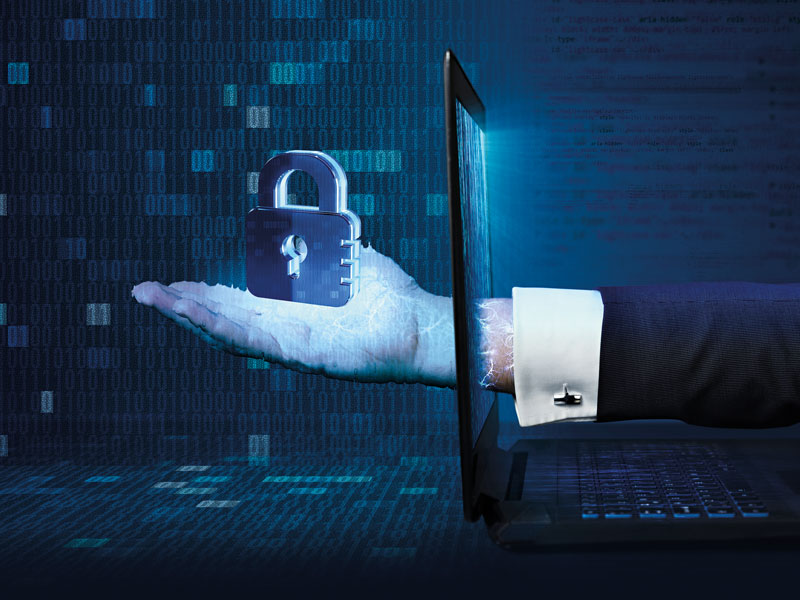In the digital era, protecting your finances against online scams is crucial. With cybercriminals evolving their tactics, safeguarding your assets becomes increasingly important. Learning how to protect yourself from online fraud can save you from the emotional and financial distress such scams often cause.
By understanding the methods scammers use and the steps you can take to fortify your defenses, you can navigate the digital landscape with confidence while keeping your financial information secure.
Understanding common online scams

Before you can protect yourself, it’s important to recognize the various forms of online fraud. Phishing scams are some of the most prevalent, where attackers impersonate legitimate companies to steal personal information. These attempts often come via email, urging you to click on a link and enter sensitive data. Recognizing suspicious emails is the first step in safeguarding your personal information.
Another common trick is the use of fake websites designed to look like trusted organizations. These sites often prompt users to provide login credentials, which are then harvested by the scammer. It’s vital to verify the authenticity of websites before entering any personal or financial information. Check for secure connections indicated by “https://” and verify URL consistency.
Social media platforms have also become a breeding ground for deceptive tactics. Scam offers promising giveaways or exclusive deals often lure unsuspecting users into providing too much personal information. Always exercise caution with unsolicited messages, and remember that if an offer seems too good to be true, it probably is.
Identifying phishing emails
Phishing emails are crafted to look like they’re from genuine sources, making them particularly deceptive. They usually contain urgent language, pressing you to act quickly to secure your account. As a rule, trusted institutions rarely ask for sensitive information via email, so this should be your first red flag.
Check for poor grammar or spelling mistakes, as these are often indicators of fraudulent attempts. Analyze the email address of the sender; a mismatch between the sender’s name and email domain can also signal deceit. By closely examining the content and sender’s details, you can often spot phishing attempts before falling for them.
Recognizing fake websites
Fake websites are designed to steal your login information or personal data by mimicking legitimate sites. To identify these fraudulent sites, pay close attention to URLs. Look for slight variations or misspellings in the web address as they often indicate a trap.
Additionally, genuine websites usually utilize SSL certificates, indicated by a padlock symbol or an “https://” at the beginning of the web address. Avoid entering personal details if these signs of security are absent. In cases where you’re unsure, reach out to the company directly using contact information from a verified source to confirm the site’s authenticity.
Steps to protect your finances
There are several proactive measures you can implement to shield your finances from online fraud. Start by using strong, unique passwords for different accounts and updating them regularly. Combining upper and lower case letters, numbers, and special characters increases password strength. Consider using a password manager to safely store and manage your credentials.
Enable two-factor authentication where possible. This adds an extra layer of security, requiring not just a password, but a second verification step, often a code sent to your mobile device. It’s an effective way to keep unauthorized users from accessing your accounts.
Monitoring financial accounts
Regularly checking your bank and credit card statements can help you identify fraudulent activity early. Look for any unusual or unauthorized transactions and report them immediately to your financial institution. Many banks offer fraud alerts, notifying you of suspicious activities.
Setting up account alerts to notify you of transactions over a certain amount can also be useful. Being proactive in monitoring your accounts will allow you to quickly address any anomalies, minimizing potential harm.
Educating yourself and others
Knowledge is power when it comes to preventing online fraud. Stay informed about new scam tactics and share this information with friends and family. Educating everyone within your network lowers the overall risk of falling victim to cybercrime.
Consider participating in workshops or online courses offered by reputable institutions to further your understanding of cybersecurity. The more you know about current threats and prevention techniques, the better you can protect yourself and others from online financial scams.

